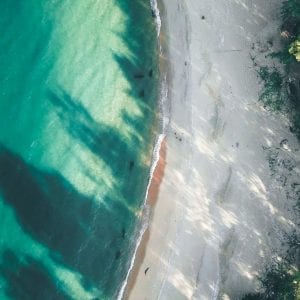[iheu_ultimate_oxi id="13"]
Image by Daniel Jurin from Pexels
Organized by Center for ICZM, Universitas Diponegoro.
ICZM in Indonesia
Coastal resources in Indonesia are used by the local communities for obtaining food, fodder, fuelwood, shelter and a variety of other services. With high biological diversity and endemism, coastal zones are used as repositories for the effluent of industrial processes and domestic wastes and also as prime sites for reclamation to create land for industry, agriculture, and settlement. In areas such as Java, the expansion of large cities disturb the coastal zone. Indonesia’s population is increasing at an alarming rate and will be 270 million in 2020 and so demographic pressures are pronounced more in Indonesia. About 64% of Indonesian people live in and around the coastal areas.1
Coastal Zone Problems in Indonesia
The consequences of coastal exploitation in Indonesia are very complex. The key resource use problems and conflicts in the coastal zone in Indonesia include • loss of mangrove forest and tidal swamplands which support traditional fisheries, • improper utilization of coastal zone by "money holders" (not coastal inhabitant - example conversion of mangrove forest for Tambak), • declining socio-economic livelihood status of the already poor inhabitants of coastal villages, • increasing coastal population, • overfishing and use of destructive methods, • lack of comprehensive ecological information concerning the coastal zone/resources for developers an~ decision-makers at the provincial level, • the relevance of agricultural policy for income and food security2.
The concept of ICZM has been known in international forums since 1992. Almost in most international conventions on marine and environmental management recommend the use of the ICZM concept in the management of marine resources and other marine activities. Much success has been achieved by coastal countries in the world in implementing the ICZM concept. It is therefore appropriate for Indonesia to apply the ICZM concept as an alternative solution to the problems it faces in the management of marine and coastal resources and other activities in the marine sector.3
Papers




